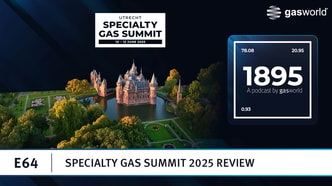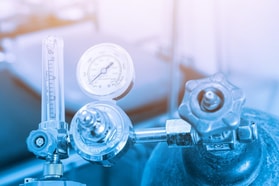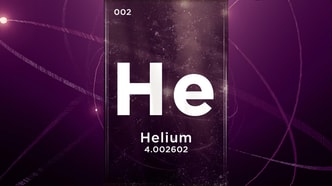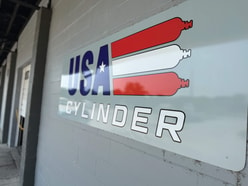Industrial Gases versus small scale LNG – Antagonism or synergy?
A few months ago the President of Polish company PL Energia, a company supplying Liquefied Natural Gases to the local market, was visiting Cryolor in France in search for some LNG trailers. When informed that Cryolor was a subsidiary of Air Liquide, he asked $quot;Who or what is Air Liquide?$quot;.
There seems to be a huge gap between the world of industrial gases and that of LNG. Nevertheless, both worlds extensively use cryogenic techniques in liquefying gases.
What is the origin of this gap? Is there indeed a difference? If yes, on what level? If no, why this gap? How is it reflected in the economic environment? Is synergy a possibility or is it even logical? Or is the antagonism justified? These are the questions that need to be addressed.
Let’s first have a closer look at both worlds and try to understand the differences and similarities. Then let’s address whether these two gas sectors should indeed be separate. I will also consider the emerging business of small scale LNG and see if this market can bridge the gap.
Two separate worlds?
Physical Properties
Firstly, lets look at some technical aspects of the two sectors.
At atmospheric pressure, pure natural gas (methane) liquefies at -162°C, nitrogen at -196°C and oxygen at -182°C. Cryogenic temperatures are almost always involved when handling and treating air gases or natural gas. The techniques involved are basically the same, although the purpose might be different.
... to continue reading you must be subscribed









